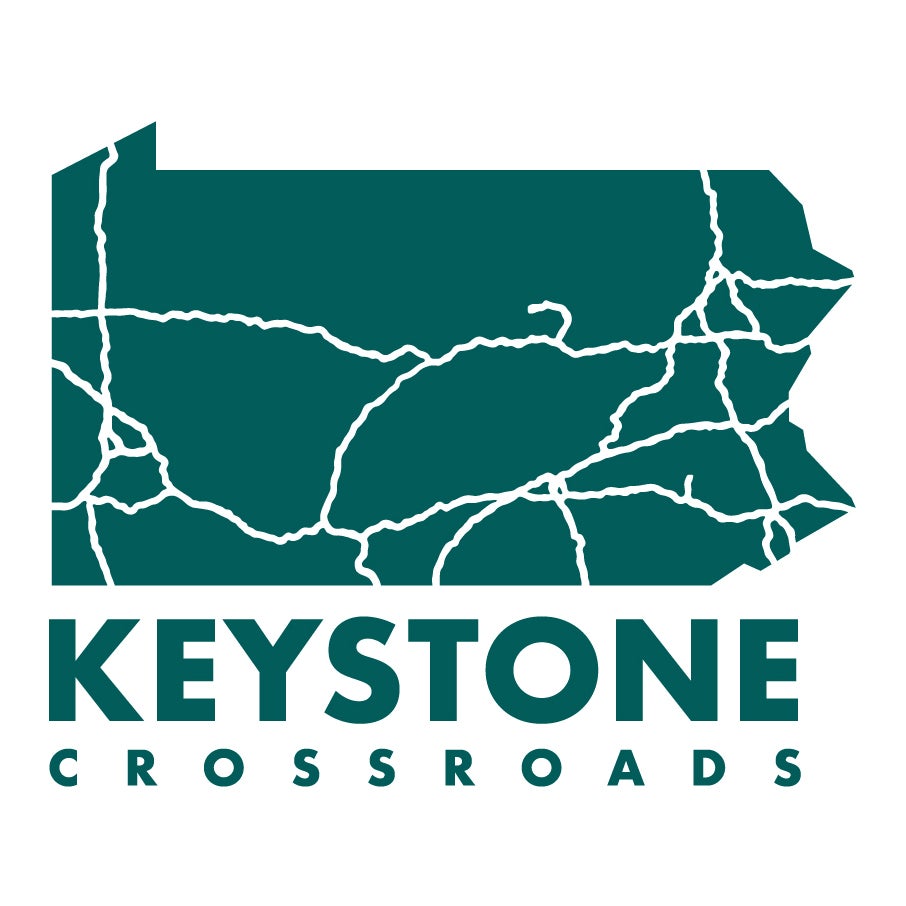‘Making a souffle on a BBQ grill’: Pa. scrambles after Trump goes solo on unemployment relief
The Trump administration’s attempt to sidestep Congress has created a coronavirus relief package that states may not be able to launch for weeks, or even months.
Listen 2:00
President Donald Trump holds up one of the four executive orders that he signed that addresses the economic fallout from the COVID-19 pandemic at his Trump National Golf Club in Bedminster, N.J., Saturday, Aug. 8, 2020. (AP Photo/Susan Walsh)
On Saturday, President Trump had a message for the millions of out-of-work Americans for whom boosted federal unemployment benefits ran out last month: don’t worry.
With Democrats and the White House deadlocked on how to extend unemployment benefits — which provided most unemployed workers an extra $600 a week before lapsing —Trump signed an order redirecting billions of dollars of disaster aid to create a substitute payment of $400 a week, asking states to pick up a quarter of the tab.
The order, Trump said, “will take care of, pretty much, this entire situation.”
On Monday, Pennsylvania’s Department of Labor & Industry issued its own message to the hundreds of thousands of unemployed people in the commonwealth: no, it won’t.
“[A program to distribute this money] would have to be created from scratch and run parallel with Pennsylvania’s existing unemployment benefits programs,” spokesperson Penny Ickes wrote in an email. “This is not something that any state will be able to do quickly.”
The Trump administration’s attempt to sidestep Congress has created a coronavirus relief package that states may not be able to launch for weeks, or even months.
“It may be akin to making a souffle on a BBQ grill in a thunderstorm,” said one former Pennsylvania labor department employee who spoke anonymously. “It’s technically doable, I guess.”
Time consuming and expensive
The computer system that runs Pennsylvania’s unemployment compensation system was built in the 1970s — an eon ago in technology standards.
That system is currently undergoing an upgrade, and creating yet another unemployment system at the same time will be technically tricky. Pennsylvania struggled for weeks to issue the initial $600 weekly payments.
“This is an administratively difficult system to set up,” said Stephen Wandner, a senior fellow at the National Academy of Social Insurance who has studied unemployment since the 1970s. “The people who receive the benefits are not likely to receive them for at least another month or so.”
Before anyone receives the new benefit, Pennsylvania has to figure out how it will pay its share.
The executive order requires states to kick in a quarter of the new $400 weekly payment. At the beginning of the year, Pennsylvania had $3.4 billion in its unemployment compensation trust fund. By last week, that number was down to just $715 million, according to the Wolf administration. Wolf officials are now pursuing a no-interest federal loan to help the state pay for its share of the new unemployment benefits.
Another major hurdle in getting the money out is that not all unemployed people are eligible for the payments. Unlike the $600 a week federal unemployment payments, which covered everyone who was on unemployment, Trump’s order excludes people drawing less than $100 a week from unemployment compensation.
“That is a big complication for states,” said Andrew Stettner, senior fellow at The Century Foundation, a progressive think tank.
In addition to presenting a logistical headache, that requirement will exacerbate inequality, Stettner said. State unemployment payouts are based on how much money a worker made at the job they were laid off from — the lower their wages, the lower the payout.
“This cut really does not hit evenly,” Stettner said. “It’s really hitting hardest on the minority community, and those who have the least access to financial resources, and have had the worst experiences during the pandemic.”
Tax suspension likely won’t be much help either
The Trump administration is also seeking to offer some financial relief to those who managed to keep their jobs. On Saturday, Trump issued an executive order suspending payroll tax obligations for workers making up to about $104,000 a year. The 6.2% tax comprises workers’ share of their social security and Medicare obligations.
“This will mean bigger paychecks for working families,” Trump said.
That may be true at first, but the order simply delays the tax bill until at least the end of the year. Some businesses may elect to keep withholding their employees’ contributions to avoid uncertainty. And a payroll tax suspension won’t do anything for people who need financial assistance most — those out of a job.
“It sounds good, it allows the president to go around and say: ‘I gave everybody a tax cut,’” said Joel Naroff, an economic consultant based in Bucks County. “But will it have a large impact? The answer is absolutely ‘no.’”
‘I’ve stopped listening’
For the unemployed, the news of Trump’s solution is being met with a mixture of hope and frustration.
“$400 is still going to help out a lot, that would still be wonderful if we could at least get that, but I’ve kind of just… I’ve stopped listening to anything [Trump] says unless it’s absolutely pertinent,” said Andrew Terranova, a Center City hotel concierge and tour guide who was laid off in March.
He said the loss of the additional $600 from the CARES Act means he’ll be dipping into his savings and cutting back. Terranova lost the health care he had through his old employer, and decided to forgo refilling a prescription medication recently, deeming it too pricey.
When told it could take months for the $400 to start flowing, he expressed frustration with the entire pandemic response, both in terms of the economy and public health.
“I think it’s dumb, I think it’s absolutely poor planning. It’s carelessness — we’ve been careless through this whole thing,” he said. “If America were a business right now, I’d be writing to the manager.”

Get more Pennsylvania stories that matter
WHYY is your source for fact-based, in-depth journalism and information. As a nonprofit organization, we rely on financial support from readers like you. Please give today.



![CoronavirusPandemic_1024x512[1]](https://whyy.org/wp-content/uploads/2020/03/CoronavirusPandemic_1024x5121-300x150.jpg)



